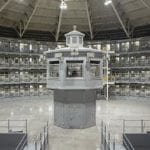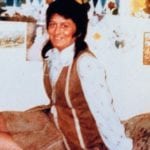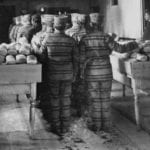 Weird Stuff
Weird Stuff  Weird Stuff
Weird Stuff  Politics
Politics 10 Political Scandals That Sent Crowds Into the Streets
 Weird Stuff
Weird Stuff Ten Bizarre Facts About The Doge Meme
 Our World
Our World 10 Ways Your Christmas Tree Is More Lit Than You Think
 Movies and TV
Movies and TV The 10 Coolest Stars to Set Sail on The Love Boat
 History
History 10 Things You Didn’t Know About the American National Anthem
 Technology
Technology Top 10 Everyday Tech Buzzwords That Hide a Darker Past
 Humans
Humans 10 Everyday Human Behaviors That Are Actually Survival Instincts
 Animals
Animals 10 Animals That Humiliated and Harmed Historical Leaders
 History
History 10 Most Influential Protests in Modern History
 Weird Stuff
Weird Stuff 10 Funny Ways That Researchers Overthink Christmas
 Politics
Politics 10 Political Scandals That Sent Crowds Into the Streets
 Weird Stuff
Weird Stuff Ten Bizarre Facts About The Doge Meme
Who's Behind Listverse?

Jamie Frater
Head Editor
Jamie founded Listverse due to an insatiable desire to share fascinating, obscure, and bizarre facts. He has been a guest speaker on numerous national radio and television stations and is a five time published author.
More About Us Our World
Our World 10 Ways Your Christmas Tree Is More Lit Than You Think
 Movies and TV
Movies and TV The 10 Coolest Stars to Set Sail on The Love Boat
 History
History 10 Things You Didn’t Know About the American National Anthem
 Technology
Technology Top 10 Everyday Tech Buzzwords That Hide a Darker Past
 Humans
Humans 10 Everyday Human Behaviors That Are Actually Survival Instincts
 Animals
Animals 10 Animals That Humiliated and Harmed Historical Leaders
 History
History 10 Most Influential Protests in Modern History
Top 10 US Prison Gangs
Prison gangs were originally formed by inmates as a means to protect themselves from other inmates. Throughout the years, prison gangs have evolved from a group that provides protection to its members, to criminal entities involved in prostitution, assaults, drugs and murder. Prison gangs continue to thrive because prosecuting them has, historically, been difficult due to the fact that many members are already serving life sentences with no possibility of parole.
When you get arrested and sent to prison for all of those illegal movies and songs you’ve been downloading, it would be a good idea to know which gang you would like to join. Here is a look at the top 10 prison gangs in the country.
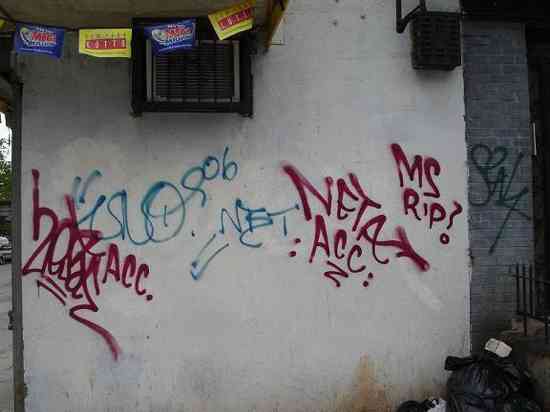
Neta is the name of an Hispanic gang that was formed in the late 70s at Oso Blanco prison. In the late 80s, the gang branched out to the east coast of the United States, where they now have over 8,000 members. The gang claims that much of the work done by their faithful members involves teaching Hispanic culture and education, some of which includes experiences from inside prison, and many members claim they are strictly part of an inmate-rights group. However, this is thought of as just a front, as the gang’s main source of income is retail distribution of powder and crack cocaine, heroin, marijuana and, to a lesser extent, LSD, MDMA, methamphetamine and PCP. Neta members commit assault, auto theft, burglary, drive-by shootings, extortion, home invasion, money laundering, robbery, weapons and explosives trafficking, and witness intimidation, just to name a few. They use the facade of a cultural organization and see themselves as oppressed people who are unwilling to be governed by the United States.
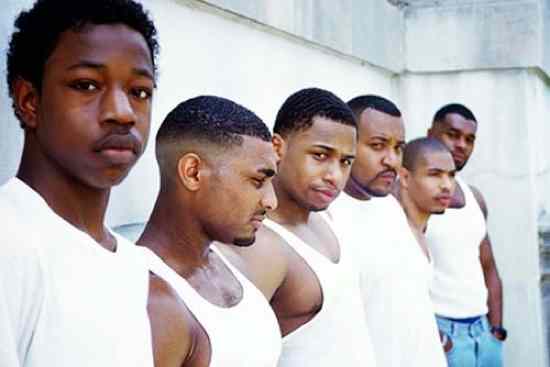
The 415 KUMI is a Black gang that originated in the San Francisco Bay area of California, in 1985. 415 represents the area code for the region, and when added together, the numbers 4+1+5 = 10. KUMI is the Swahili word for “ten.” The 415’s advocate ‘taking back the streets’ by any means necessary. KUMI 415 have been reported to use prison guards to authorize violence against fellow inmates, such as the case in August of 2003, when former correctional officer Leon Holston was charged with aiding and abetting, battery with serious bodily injury, filing a false report by a peace officer and unlawful communication with a prisoner. The gang was able to recruit a guard to help facilitate an attack on a rival member. The guard led the ill-fated inmate into an enclosed area with the 415 KUMI members waiting for him. He was severely beaten and the guard ended up being sentenced to 2 ½ years in prison.
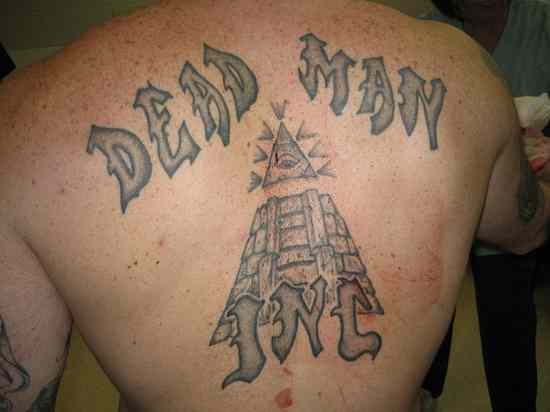
The Dead Man Inc is a prison gang that originated as a white gang in the Maryland Department of Corrections around the late 1990s. Perry Roark, one of the original three founders, was respected by the members of the Black Guerrilla Family (See #4) prison gang, but when he tried to join them he was rejected. He then went on to form his own gang, adopting the BGF basic philosophy which is anti-government and anti-authority. The Dead Man Inc quickly grew in numbers, absorbing smaller gangs along the way, and today is one of the largest gangs on the east coast. They are known for their violence against inmates and staff and will reportedly do contract murders for the Black Guerrilla Family. In their haste to grow, some of the lower level leaders allowed non-whites to join and an order was issued that all non-whites had to leave the gang by 4/13/09 or face the consequences. Initially, DMI acted as hired killers for the Black Guerrilla Family, but soon began offering those services to other gangs by targeting rivals and correctional staff. This led to entry into drug trafficking and other crimes to advance their own agendas as their size and power increased.
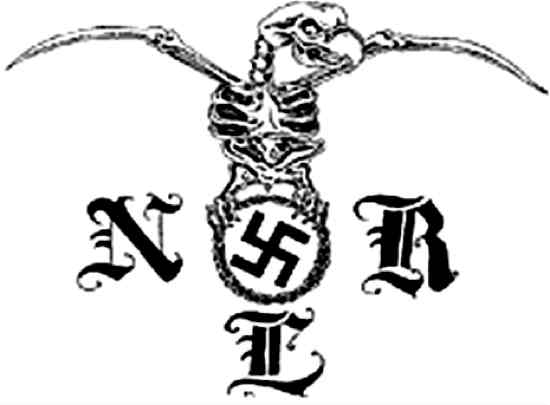
The Nazi Low Riders are the fastest growing gang in the California prison system. They originated in the California Youth Authority during the 1970’s at Preston School of Industry, and recently have developed a power base from within Los Angeles and Orange Counties, in Southern California. Over 1,000 NLR members have been identified in the system and, because of their propensity for violence toward staff and other inmates, there is grave concern. NLR members view themselves as a separate entity and rivals to the Aryan Brotherhood (#1 on our list), and will do anything to be seen as more violent and superior. While the organization’s main motive appears to be criminal profit, it has been associated with a number of racist attacks, including several outside prison. The most prominent incident associated with the gang occurred on April 1996. Danny Williams and Eric Dillard, two known members of the gang, beat a black teenage boy to death with a baseball bat. In July of the same year, they attacked two more black men, stabbing one of them in the back several times.
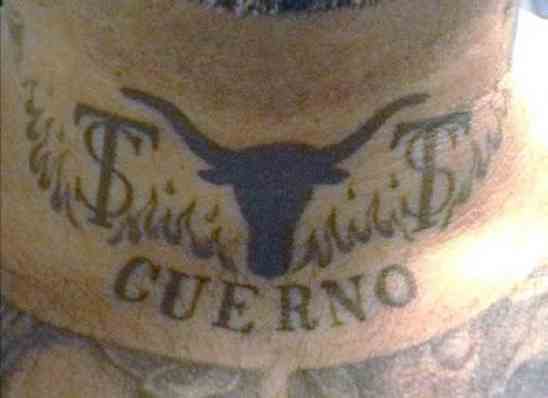
The Texas Syndicate originated in California’s Folsom prison in the early 70s. It was established in direct response to the other California prison gangs (notably the Aryan Brotherhood and Mexican Mafia (#3)), which were attempting to prey on native Texas inmates. The Texas Syndicate has about 20,000 members in prisons and jails state-wide, with more on the outside. The Syndicate’s activities include drug trafficking, extortion, prostitution, protection, illegal gambling and contract killing. Released or paroled members who generate money for the Texas Syndicate must surrender a 10% tax (“the dime”) of all proceeds that goes towards the gang in prison.
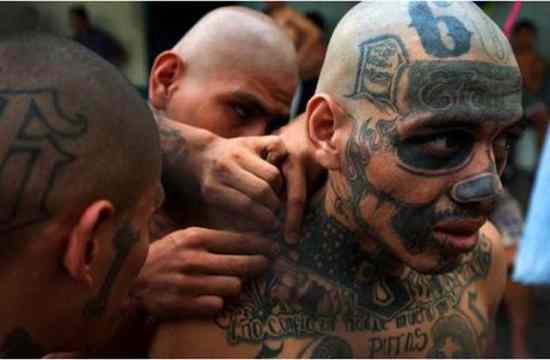
Mara Salvatrucha, or MS-13, was formed in the early 1980s in Los Angeles, by Salvadoran immigrants as a self-defense mechanism against rival Mexican gangs. The organization has about 30,000 members, 8,000 – 10,000 of which exist in the US. The majority of the gang is comprised of Salvadorans, Hondurans, Guatemalans, and Nicaraguans. MS-13 is well known for drug smuggling, black market gun sales, theft, contract killing and human trafficking. Members distinguish themselves by tattoos covering the body and the face, as well as the use of their own sign language. They are notorious for their use of violence and a sub cultural moral code that predominantly consists of merciless revenge and cruel retributions. MS-13 has their largest prison populations in California and New York. A small taste of the heartless crimes performed by this gang occurred on June 22, 2008 in San Francisco, California. A 21-year old MS-13 gang member, Edwin Ramos, shot and killed a father, Anthony Bologna, 48, and his two sons Michael, 20, and Matthew, 16, after their car briefly blocked Ramos from completing a left turn down a narrow street as they were returning home from a family barbecue. Ramos was met with praise by his fellow members after being sentenced to life in prison.
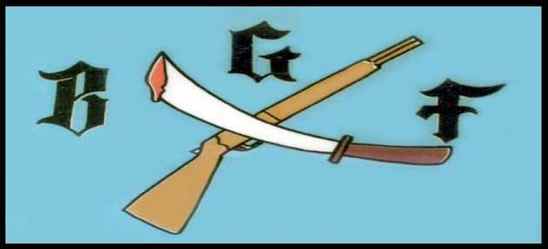
The Black Guerrilla Family (BGF) was founded in 1966 by George Jackson in the San Quentin State Prison in California. The group is extremely antigovernment and anti-official. The BGF is the most “politically” oriented of the major prison gangs. It was formed as a Marxist/Maoist/Leninist revolutionary organization with stated goals to eradicate racism, struggle to maintain dignity in prison and overthrow the U.S. Government. As may have been guessed from the name, all members must be black. The BGF has a very strict death oath which requires a life pledge of loyalty to the gang and prospective members must be nominated by an existing member. The BGF members must get a tattoo using different versions of a dragon surrounding a prison tower and holding a correctional officer in its clutches. Although the BGF experienced a decline in membership and strength in the 90s, it has recently reorganized and gained substantial power and growth due to its alignment with the 415s, Crips, Bloods and Black Gangster Disciples.
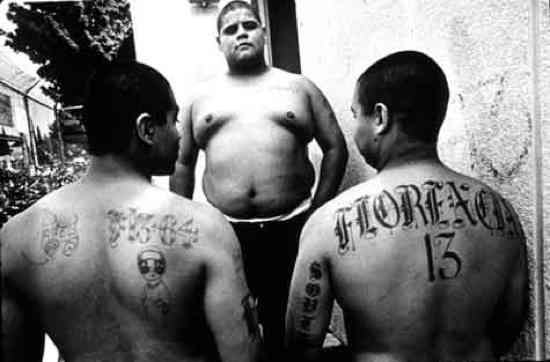
The Mexican Mafia was formed in the late 1950′s within the California Department of Corrections, and is one of the oldest and most powerful prison gangs in the United States. It is well known for its drug trafficking, extortion and murder. The gang often uses the number 13 as gang identification, as it represents the 13th letter of the alphabet, the letter M. The largest population of the Mexican Mafia is in California and Texas. In San Antonio, members are responsible for 10% of the cities total homicide rate. The sole objective of the Mexican Mafia is to earn money through criminal operations. The Mexican Mafia’s Constitution, which outlines all aspects of criminal organization and enterprising, was recently described during a 2005 trial. “The Mexican Mafia is a ‘criminal organization’ that works ‘in any criminal aspect or interest for the benefit and advancement of Mexikanemi. We shall deal in drugs, contract killings, prostitution, large-scale robbery, gambling, weapons and everything imaginable.”
It goes on to declare that the only punishment approved by the organization is death. Members of the Mexican Mafia are expected to engage in tests of their loyalty to the gang, which may include theft or murder. The penalty for refusing orders or failing to complete an assigned task is often death. According to the gang’s constitution, members may also be punished or murdered if they commit any of four major infractions. These include becoming an informant, acts of homosexuality, acts of cowardice and showing disrespect against fellow gang members. According to gang policy, a member of the Mexican Mafia may not be murdered without prior approval by a vote of three members, yet the murder of non-members requires no formal approval. The Mexican Mafia’s founding members were ruthless killers, as evidenced in the following transcript:
“By 1961, administrators at DVI, alarmed by the escalating violence, had transferred a number of the Mexican Mafia members to San Quentin, hoping to discourage their violent behavior by intermingling them with hardened adult convicts. It didn’t work. For example, the story goes that Cheyenne Cadena arrived on the lower yard and was met by a six-foot-five, 300-pound black inmate who planted a kiss on his face and announced this scrawny teenager would now be his ‘bitch.’ Chy returned a short time later, walked up to the unsuspecting predator, and stabbed him to death with a jailhouse knife, or shank. There were more than a thousand inmates on the yard. No witnesses stepped forward, and only one dead man entertained the idea that Cadena was anyone’s bitch.”
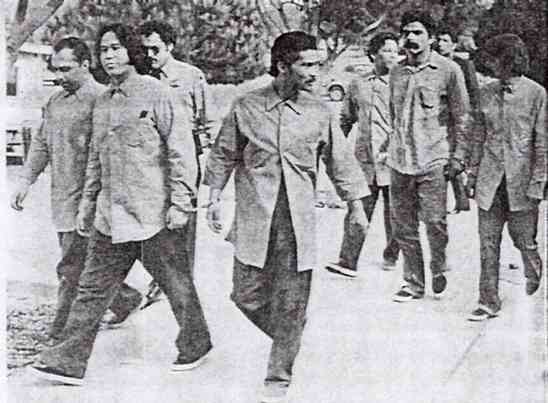
La Nuestra Familia (Spanish for ‘the family’) was formed in Folsom State Prison, around 1968. It was originally constructed as a force that could combat the existing oppression of the traditionally dominant Mexican Mafia. From their thrones in California’s notorious Pelican Bay State Prison, the leaders of the family control the intra-prison drug and sex trade, while communicating with their members on the outside, ordering hits and organizing smuggling rings. All members must be of Hispanic origin, and there is a “blood-in, blood-out” requirement for membership. Besides this, the initiation process is quite long and complex. It takes at least 2 years for a prospective member to demonstrate their character, potential and righteousness. Because of the length of the process, only those convicted of very serious offenses, such as murder or armed robbery, are successfully recruited into the gang. This results in a very dangerous group. A top ranking La Nuestra Familia gang member was released from prison in early 2000, and must not have gotten the memo about the “blood-in, blood-out” policy. His decision to leave the gang and turn his life around was not met very kindly. The leaders put out a hit on him, and he was shot at close range in the head just five days after being released from prison.
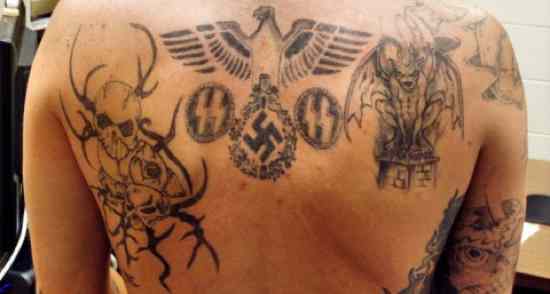
Also known as the AB, Aryan Brotherhood is a white supremacist group that was formed in 1967, at San Quentin prison in California. They currently have approximately 15,000 members, in and out of prison. Initially formed for the protection of whites against blacks in prison, the gang gradually moved to becoming a criminal enterprise. The AB are concerned with white-supremacy, and are a ruthless gang who regularly murder those who oppose the system, growing so out of control at times, that even their own ranking members could not consider themselves safe. In prison, they strive to control the sale of drugs, gambling, and “punks,” or male prostitutes. The Aryan Brotherhood has carried out contract killings for the Mexican Mafia, but racist beliefs prevent members from consorting with African Americans, including even taking a cigarette or a candy bar from them. The only way to be a member is to abide by their philosophy of “Blood In – Blood Out.” -Kill somebody to become a member and die to part from it. AB members make up approximately 1% of the prison population nationwide, but are responsible for up to 18% of murders in the federal prison system.
